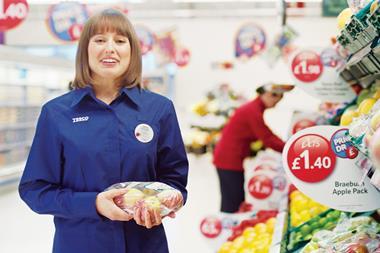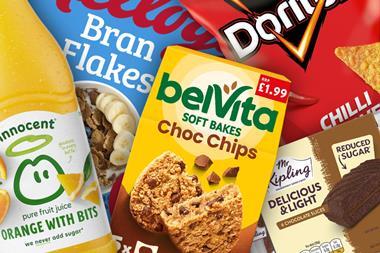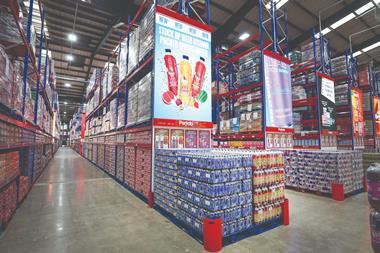Despite this trend, encouragement can be drawn from the fact that the latest annual decline has slowed from the previous rate 5% fall. Furthermore, certain sectors of the market are displaying strong performances.
As has been the case in previous years sugar, accounting for 44% of the market, continues to be the key driver behind the decline of home baking. The move by consumers away from traditional baking consumption has had a profound and long-term impact on this sector. During the last year alone sugar lost more than £16m of its value.
Home baking ingredients such as fruit, nuts and peel have demonstrated less dramatic declines than sugar but are still performing poorly. In contrast, flour mixes (including both sweet and savoury products) have displayed strong growth. Cake mix brands such as Cadbury, McVitie's and Greens Classic have been instrumental in increasing expenditure on the sector.
Driven almost entirely by the speciality bread flour sector, the flour market has moved in a positive direction and attracted growth of 8% in the last year. The relatively recent innovation of bread-making machines has been identified as a key reason for recovery. Bread flour has consequently grown by 33% over the latest 52-week period.
Outlets more likely to be located on the high street, and older consumers, is where the decline in the home baking category is most evident. Independents, Co-op and the Somerfield group have fared poorly while Morrisons and Waitrose have shown impressive growth.
l Home baking is defined as baking fruits, cake coverings, cherries and peel, culinary nuts, flour mixes, sugar, icing sugar and flour.
l Due to Taylor Nelson Sofres Superpanel's expansion to 15,000 households, sales levels will increase by around 15%-20% compared with previous data. Market trends and brand share remain in line with earlier data.
{{FOCUS SPECIALS }}
Close menu
- Home
- Retail & Wholesale
-
Products & Suppliers
- Back to parent navigation item
- Products & Suppliers
-
Product Categories:
- Back to parent navigation item
- Product Categories:
- Alcoholic drinks
- Bakery
- Cereals & breakfast
- Cheese
- Chicken & poultry
- Chocolate
- Confectionery
- Crisps, nuts & snacks
- Dairy
- Fish
- Fresh produce
- Frozen
- Household
- Meat
- Own Label
- Sauces & condiments
- Seasonal
- Soft drinks
- Vaping
- Vegan & plant-based
- World foods
- Suppliers
- People
- Reports & Data
-
Topics A-Z
- Back to parent navigation item
- Topics A-Z
-
Popular topics:
- Back to parent navigation item
- Popular topics:
- Cost of living crisis
- Crime
- Deposit Return Schemes
- Finance
- Government & Regulation
- Health
- Inflation
- Loyalty
- Marketing
- Mergers & Acquisitions
- New Product Development
- Sourcing
- Supply chain
- Sustainability & environment
- Technology
- Ultra Processed Foods
- Vaping
- A-Z all topics
- Content by type:
- Events
- Ask iA (beta)
- Subscribe now
Sign in to comment on this article
Not logged in before? Register for FREE guest access today.
You will be able to:
- Read more stories
- Receive daily newsletters
- Comment on stories
Advert
















No comments yet